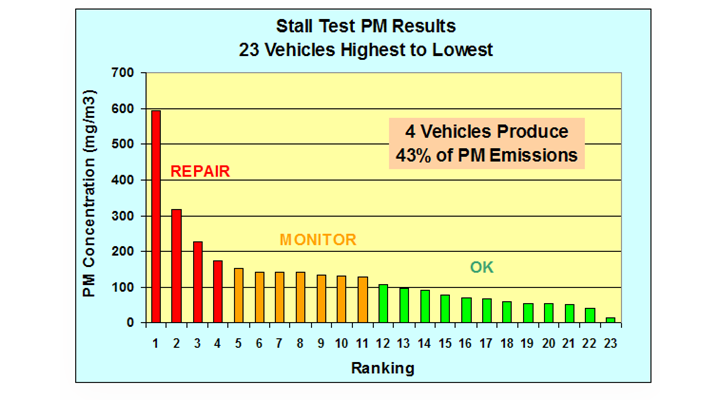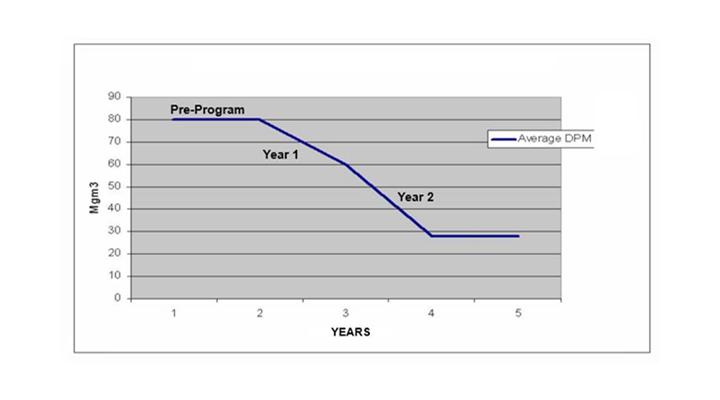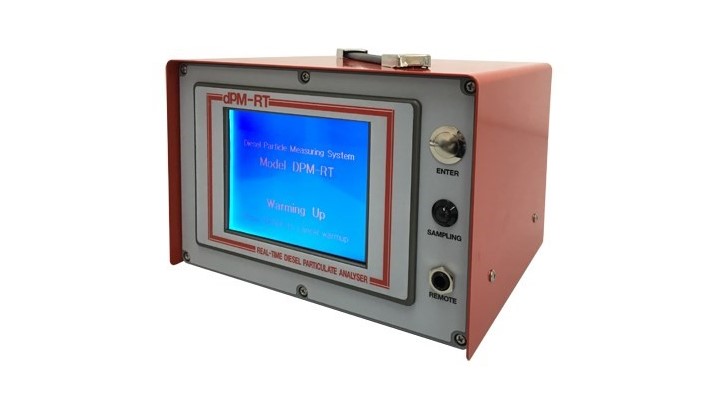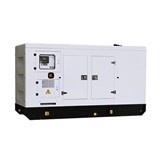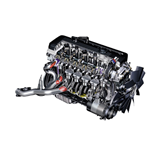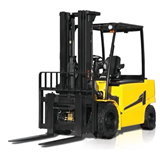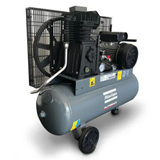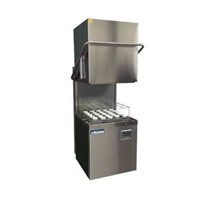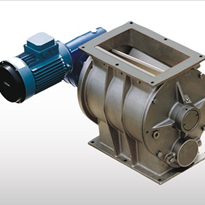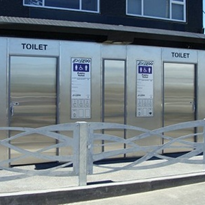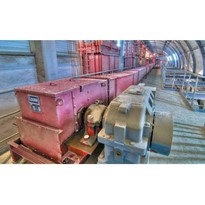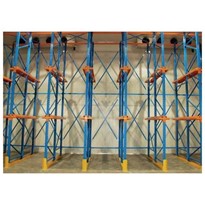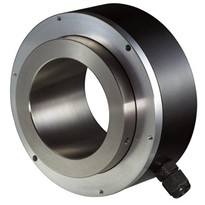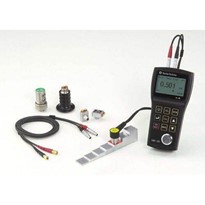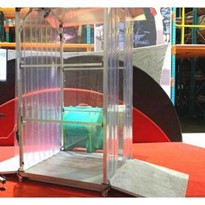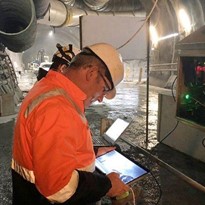This guide explores:
- issues which necessitate effective management of human exposure to diesel exhaust
- practical strategies to ensure compliance with government and industry regulations
- latest technologies available for diesel particulate analysis
A particular threat to personal safety
All employers have a duty to provide and maintain for employees, as far as practicable, a working environment that is safe and without risks to health.
With the World Health Organisation declaring diesel engine emissions a Class 1 carcinogen, the carcinogenic fumes from diesel engines represent a serious threat to the wellbeing of workers, especially in confined or poorly ventilated areas which are located close to the operation of diesel vehicles or plant.
Several avenues are available to counter this threat. Examples include: filters or traps in the engine exhaust; positively controlled ventilation; and the wearing of personal protection devices.
All the above can be effective when properly implemented. But initial and ongoing costs can be a major hurdle. Some options may create discomfort for workers.
They also have one major drawback, in that they deal only with particulates after they have been generated in the engine.
Extensive recent work in Australia has delivered a very effective and practical alternative. Alone or in concert with other measures, it can greatly reduce levels of particles generated right at the point of combustion inside the engine.
Moreover, the “Measured Maintenance” approach outlined in this document is easily integrated into normal workshop routines and involves minimal upfront investment. It can even deliver useful cost savings, rather than being a drain on the budget.
Setting the scene
Whether walking along the street or driving along the road, everybody recoils at the sight of a diesel vehicle spouting a cloud of black smoke as it passes by.
But the smoke is not merely a visual annoyance – it emphasises a danger that lies in the exhaust of every diesel engine.
Although warnings of environmental hazards may sometimes be influenced by ideological perspective, this is not the case with diesel.
It is an established fact that, unless effectively controlled, diesel exhaust represents a serious threat to human health and well-being.
This guide takes the reader through some fundamental reasons why care must be taken to protect workers, and the population at large, from exposure to excessive levels of this pollutant.
For employers and business managers in a range of industries, it means diligently exercising a duty of care to ensure that the workplace remains a safe place for those employed there, and does not create a hazard for people living close by.
The imperative to manage DPM exposure. Why?
An easy question to answer: Diesel Particulate Matter (DPM) kills people.
It does this by greatly increasing the risk of lung cancer, heart attacks, strokes and acute asthma for individuals routinely exposed to elevated levels of this highly toxic pollutant.
Employers have a clear obligation to include compliance with published DPM exposure limits in their safe workplace management plan.
Several strategies and technological avenues have evolved over the years, and can deliver the basis for achieving compliance - they are discussed in later sections of this guide.
A factual appreciation of DPM health facts
In 2012 the World Health Organisation’s International Agency for Research on Cancer (IARC) declared diesel exhaust to be a Group 1 carcinogen (a direct cancer risk to humans).
Recent findings underline the need to minimise exposure to this pollutant.
- In a study of over 12,000 underground mine workers, the WHO found that miners most heavily exposed to diesel equipment exhaust were up to three times more likely to develop lung cancer than those least exposed
- Recent extensive research by the UK government concluded that exposure to diesel particulate matter (DPM) was the primary causal factor in the deaths of around 29,000 Britons each year - more than ten times the number of people that die annually in road crashes.
Diesel particles consist predominantly of elemental and organic carbon. As well as being a health hazard in their own right, they also adsorb a large range of vapour phase and gaseous pollutants also present in the exhaust of diesel engines. These pollutants include known carcinogens and mutagens.
Particles are virtually all below one micron (PM1.0), and hence reach the deepest and most sensitive areas of the lungs, where they can do the greatest damage.
The smallest can also migrate from the lungs into the body’s blood system and be carried to the brain and other organs throughout the body.
For many years, researchers have studied not only the health consequences of sample groups, but also the related DPM exposure levels in their workplace.
This work has shown that, although there can never be a truly “safe” exposure level, a figure can be set which is deemed not to exceed health and safety norms. Accordingly, many countries have prescribed numerical DPM exposure limits, either as formal standards or as recommendations.
Averaged over an 8-hour period, limits developed by the various agencies typically range between 0.1 and 0.3 miligrams per cubic meter (mg/m³) for a size range of particles up to 2.5 microns.
These numbers, based on extensive research over many years, emphasise that even quite low concentrations of DPM can present a significant health hazard.
Options for exposure management
As noted in the preface sections of this guide, our focus will be DPM exposure management at sites where diesel plant or equipment is operating. Mining (underground and surface), quarrying, tunnelling, transport terminals, power generation and heavy vehicle maintenance areas are typical examples.
Of course, the most effective way to avoid DPM exposure is to utilise an alternative, zero or low emission power source. While this can be a viable option in some situations, in most it probably is not.
Diesel power is rugged, reliable, long lived, widely available, has a high-energy density and is relatively economical to operate. For these reasons, diesel power will undoubtedly remain with us for a long time.
Over many years, the underground mining industry has progressively implemented a range of measures to improve the quality of air in work areas. Many industrial locations could benefit from an understanding of these initiatives. Below, we will identify the most practical and widely adopted options.
- Personal protection equipment for individual workers. In some very high-risk situations, there may be no option other than to provide personnel with either breathing equipment or high efficiency filters to surround the nose and mouth, and prevent inhalation of particles.
While necessary in some areas, this equipment can be quite cumbersome, uncomfortable and restrictive when used for extended periods.
- Controlling ventilation rates to maintain acceptably low DPM levels through dilution. In an underground mine, ventilation can represent a significant proportion of total operating costs, and for this reason a more cost-effective option would be strongly preferred. Also, while the generally remote location of underground mines means that discharging ventilation flow into the atmosphere may be deemed acceptable, in many industrial locations simply venting untreated particles into the local air body would not be an option.
- Installation of devices to trap particles before they are discharged from the engine’s exhaust system. Fitment of passive, catalytic or regenerating particle filters into the exhaust system of diesel-powered equipment is now a well-established option. Other than the relatively high cost of this technology, there is no technical impediment to DPM installations on non-road vehicles and plant. However, the very high surface and exhaust stream temperatures created during regeneration of some filter types can present a barrier to their use in coal mines.
- Establishment of effective “measured maintenance” practices to minimise DPM output.
The options outlined above all focus on measures to deal with particles after they have been generated in the engine’s combustion chamber. Measured maintenance simply modifies the way routine maintenance is performed; progressively measuring maintenance effectiveness to significantly reduce, and potentially avoid, the need to apply expensive downstream “fixes”.
Cost-effective Implementation - Using ‘Measured Maintenance’ to cut DPM levels at source
As noted in the previous section, monitoring and managing the mass of particles generated during combustion can greatly reduce the scale of complementary measures to achieve acceptably low concentrations of diesel particulates in the workplace air body.
Traditional scheduled maintenance can ensure that engines continue to deliver a long service life, but deterioration in emissions performance can go undetected.
By integrating simple emission checks into routine maintenance tasks, “Measured Maintenance” provides an avenue to achieve both effective management of engine health and minimisation of harmful emission levels.
Is it practical and effective?
An intensive test program at eight Ausralian coal mines, involving the Australian Coal Industry, NSW Government, the US National Institute for Occupational Safety and Health (NIOSH) and other contributors, confirmed the effectiveness of this approach to maintenance.
Over the eight mines, initial reductions in particulate emissions averaged around 35%, with reductions of up to 70% from some individual engines.
Recognising the benefits, State governments now fully support and encourage the adoption of measured maintenance as a tool to minimise worker exposure to harmful diesel particulates.
What does it involve?
As a simple adaptation of normal workshop routines, “Measured Maintenance” adds checking DPM levels from the engine prior to commencing routine maintenance; then again at one or more points in the process to confirm, by measurement, the effectiveness of work done.
Measured maintenance allows personnel to:
a) quantify DPM output level relative to pre-established baseline;
b) confirm the effectiveness of specific maintenance steps;
c) at completion of maintenance, confirm DPM level restored to (or near) baseline;
d) identify the need for further work before sign-off.
Clearly, a means for quickly and reliably measuring DPM status is the essential pre-requisite. In the past, this task required a laboratory technician and consumed several hours.
But new technology, utilising a simple, one-button instrument, now allows DPM checks to be performed in just one minute by the person doing the maintenance.
The Stall test is used for plant equipped with a torque converter. Other engines receive a “Free Acceleration” test, which comprises three rapid accelerations to max engine speed, with 15 sec Idle periods between each acceleration.
Preliminary work
Prior to launching a Managed Maintenance program, it is necessary to establish a “baseline signature” for each engine operating in the mine. This is achieved by
- all new engines to have a Stall or Free Acceleration “signature” test before entering service – test result recorded and stored
- all existing engines to be restored to “best” emissions level then have “signature” test – test result recorded and stored
- periodic (typically a 4-week interval) testing to monitor condition and trigger rectification if DPM exceeds the “signature” level by more than 15%
- ongoing records to be maintained of all test results, for individual vehicles/plant.
Maintenance operators must also receive “hands-on” training covering the new tests and maintenance procedures.
About Pacific Data Systems Australia
Pacific Data Systems Australia has recently developed an advanced, cost effective diesel particulate analyser called the DPM-RT.
This rugged, practical and easily operated DPM analysis instrument utilizes advanced laser light-scattering technology to accurately and instantly measure particulate concentrations in the exhaust of mining engines.
The dPM-RT is the tool that mechanical and workshop staff need in order to reliably identify high DPM emitters, and to validate the effectiveness of emissions-related maintenance.


